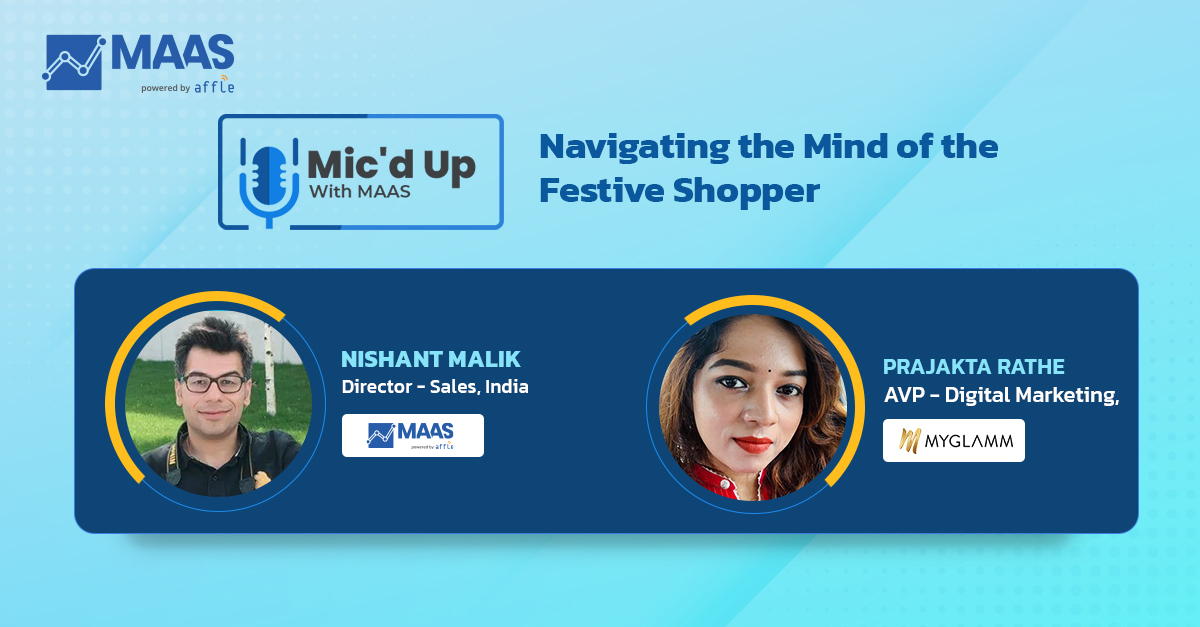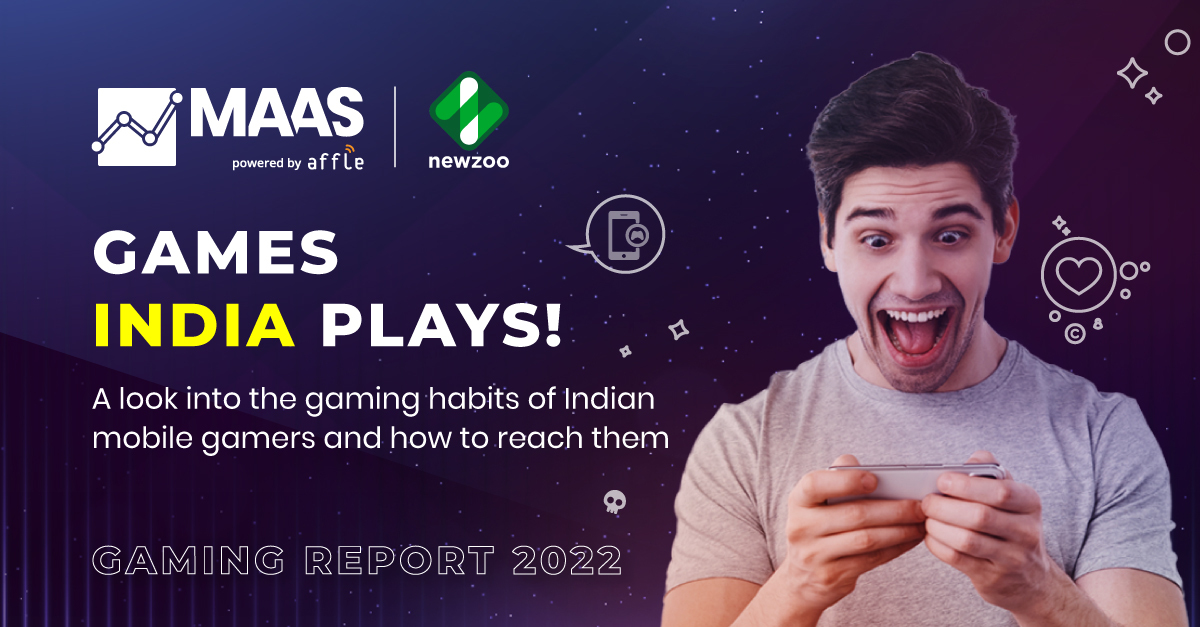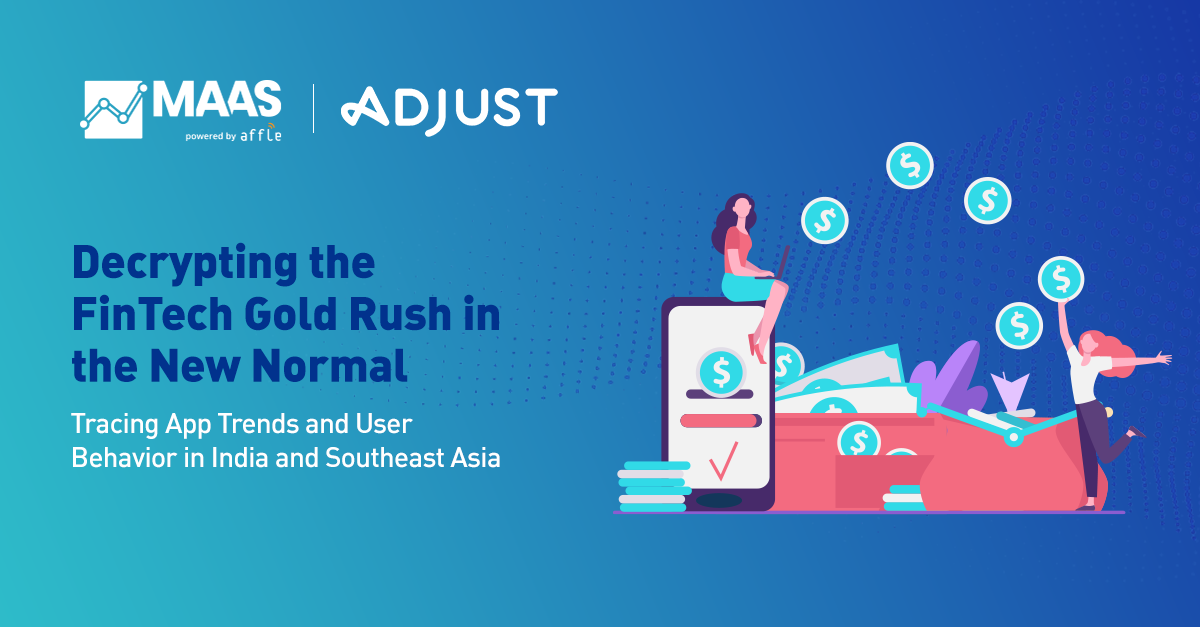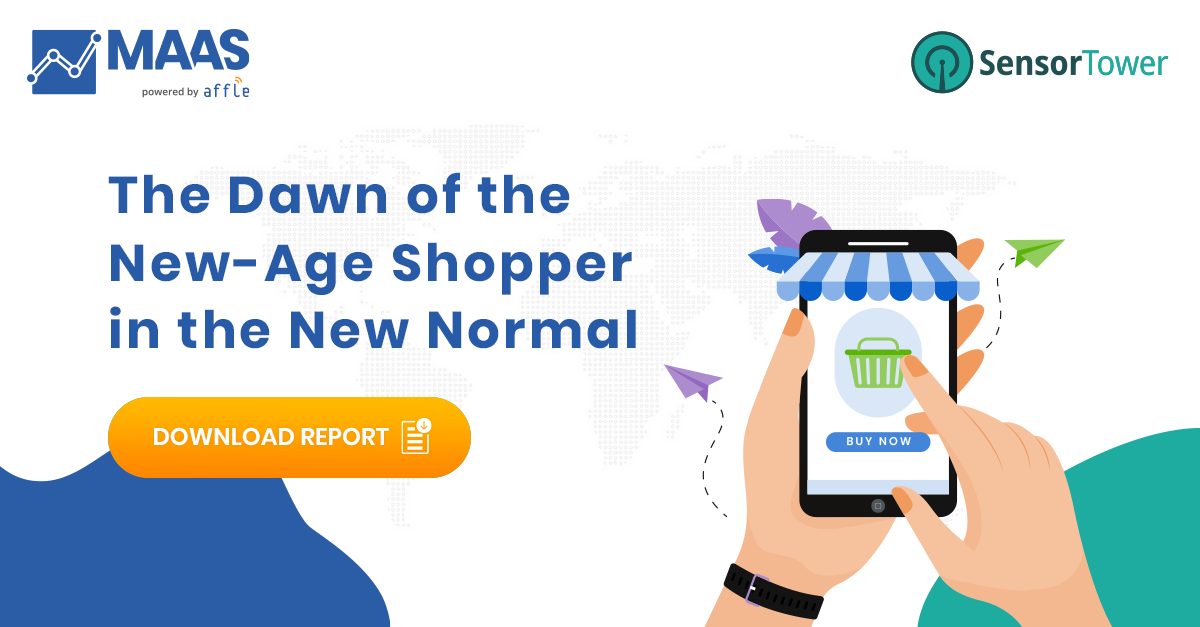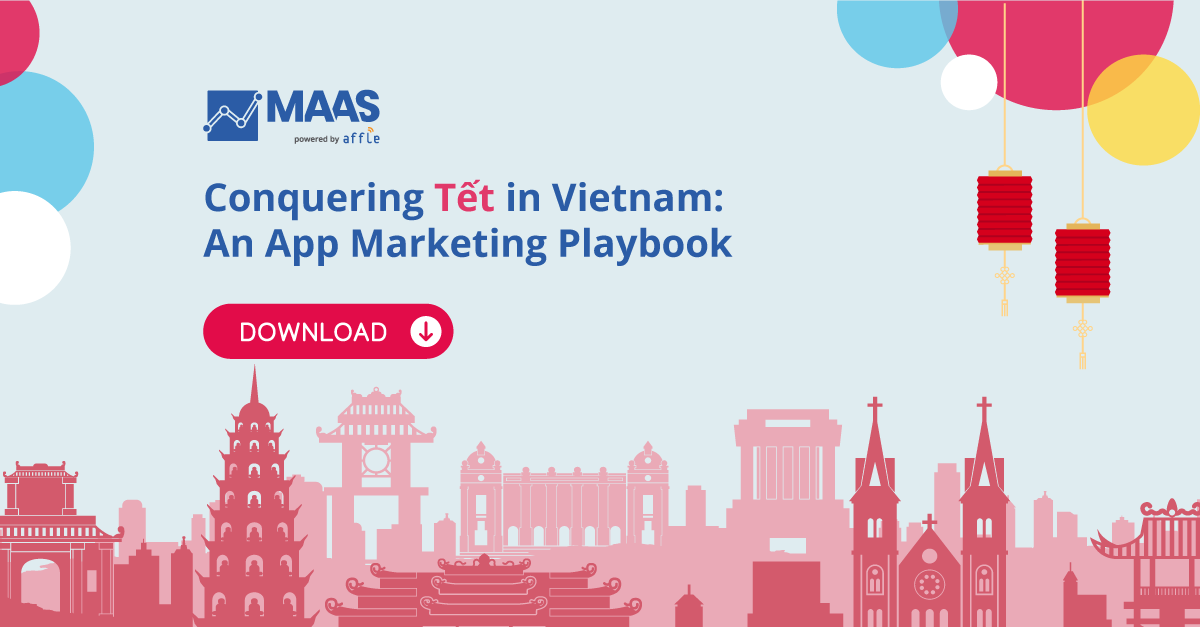Mic’d Up With MAAS Episode 7: Decrypting the Curious Case of Cryptocurrency in India
July 20, 2021
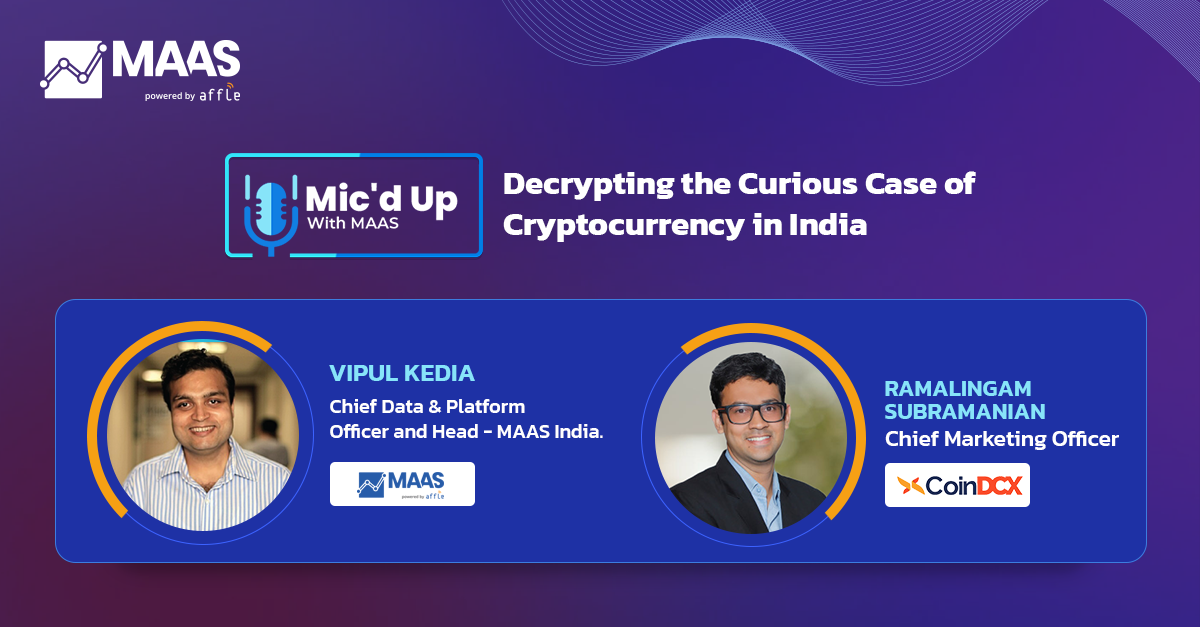
Here are the edited excerpts from the conversation.
Vipul: Crypto is fairly new and undiscovered territory for the Indian user. What has been your marketing approach when it comes to establishing brand identity and user affinity?
Ramalingam: Today less than 1% of India has actually invested in crypto. However, we have seen that Bitcoin has become more of a coffee table conversation topic today, and everyone today’s in some way or the other. We even actually coined a term for it: we call it “try crypto.” We did not want to push people to buy, invest, or start their journey. We did not want to push that message through, but we wanted to push a message about trials because we are very certain that once you understand the fundamental nature of these asset classes, you realize that these assets have immense potential.
As a brand, we have been very cautious about disseminating the right knowledge around this with sustainable growth being one of our key guiding principles. And hence we are basically taking a very simple three-step approach: build crypto literacy as step one, build safety and security around the asset classes as step two. And then go ahead and build a simple and seamless product.
Vipul: For an Indian user, how much of the excitement around crypto is influenced by the trends in the West? And how do you see that changing with more niche Indian players in this space?
Ramalingam: In today’s interconnected world, there is nothing like an isolated zone by what happens across the world, impacts us as well….[the excitement] does rub down in India. There are top projects in exchanges from India that are doing great when it comes to the global scenario as well. One popular project from India, which was earlier called Matic, and now it’s called Polygon, is actually solving large-scale problems. And is something that the world is noticing too.
Being a sector, which is like an intersection of finance and tech, I believe because India has been leading in these two sectors for a while now FinTech in India has been really amazing. A lot of this is driving the youth of today to engage with these options.
Vipul: What an average user looks like and what are some of the interesting consumer behavior and app engagement patterns that you’ve noticed
Ramalingam:An average user of our app is the youth of today, looking at opportunities that help them create wealth. However, they are smart enough to be grounded in sensible decision-making. We have started noticing that people who start diversifying beyond three asset classes or three tokens on our platform start understanding, investing in cryptos much better, and stay there for a longer period. However, two key trends that we are noticing, which have emerged or evolved over the last six to eight months or so.
The first one is the rise of female investors. They have been able to identify opportunities and trends, which allow them to invest safely over all the app has made it simple for them. The second thing that we have noticed as a trend is the rise of the new investor outside of the traditional pockets of traders and investors. We also started seeing Tier-2 and Tier-3 markets heavily participating in crypto adoption.
Vipul: CoinDCX recently came on board as a sponsor for the WTC tournament, how do you approach the entire brand versus performance marketing?
Ramalingam: As a brand, we always wanted to address a few challenges out there: Lack of familiarity, lack of awareness, and lack of comfort. When it comes to crypto as a category and CoinDCX as a brand, we wanted to tackle these things and by partnering with the World test championship or going ahead and sponsoring an entire T20 tournament. What we’re trying to do is normalize, familiarize and build credibility around the brand. As performance market is one would definitely agree that campaigns with low brand awareness generally perform poorly in terms of conversion and hence result in higher CAC. They may fail to scale, or they may lead to a certain amount of fraud.As marketers, our job has to be to maintain a healthy balance. These campaigns, these brand awareness campaigns, or brand campaigns per se, help us build a top-of-the-mind awareness. And this in turn actually helps improve the performance of our various performance marketing campaigns.
Vipul Kedia: And are the lines between performance and brand marketing converging for you?
Ramalingam: I never felt them to be very different. It was always about reaching the right audience with the right message and consistently and sustainably doing so. As marketers, we definitely love to coin terms and in the journey, we at times complicate how simple marketing was and how do we do that more effectively, irrespective of what kind of campaign or strategy you apply?
Specifically, performance marketing focuses on driving customers through these buying stages in the most effective and differentiated manner. However, it definitely needs the help of brand campaigns or brand marketing campaigns per se to reduce the time that a person spends on each stage. So if I have a good amount of awareness, a good amount of knowledge created through brand campaigns, performance campaigns actually benefit a lot when it, when it comes to moving customers through these stages too, at the end goal, being a purchase.
Vipul Kedia: So lastly, in your opinion, do you think that the cryptos big moment in India has finally arrived?
Ramalingam: There are three revolutions in technology or in the life of the internet.
The first revolution: we were just the consumers. We did not build it. We were not the people with capital in it. The second revolution, more likely the more of the social media and stuff was more built by us, but not funded by us. The capitalist, not us. This particular revolution is more in this way that the technology, the minds that are building it.
A large portion of them is from India. We also have the necessary capital today to actually go out and build these products, not just for India, but for the world. So at this point in time, we are set for a massive, massive, revolution, and it comes to the next phase of the internet. And with the kind of adoption that we’re seeing, I really feel that this is the starting point of something really big that might come in India.
You can listen to the full episode on Mic’d Up with MAAS podcast on Apple Podcasts, Spotify, and Google Podcasts!







